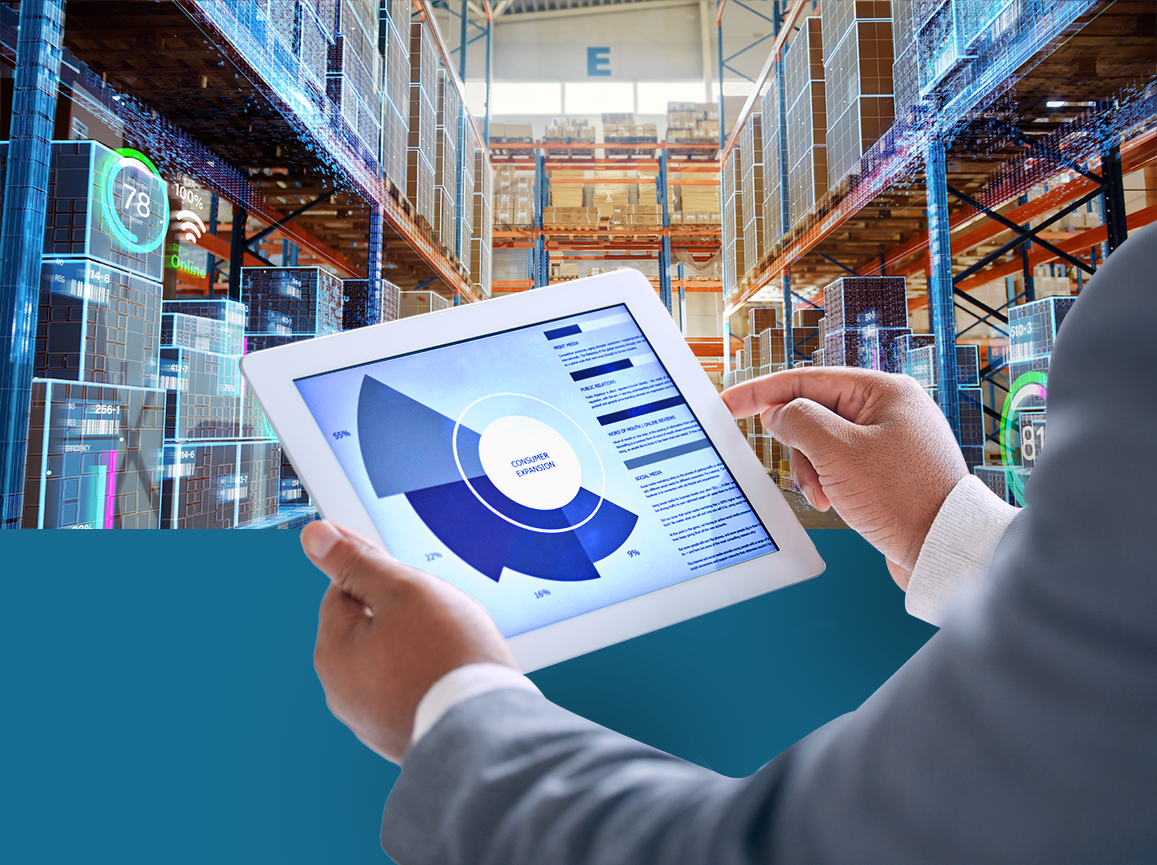Modern platforms of the future are expected to create provisions for seamless and experiential integration of emerging technologies such as artificial intelligence, machine learning, and the Internet of Things (IoT).
As the supply chain ecosystems are experiencing significant impact – new patterns of needs are emerging around the greater agility in reconfiguring value chains, ability to anticipate disruptions in logistics and demand fluctuations in time, and the need for heightened visibility to support the day operational decision making. Such capabilities can equip companies to promptly respond to changing market conditions, proactively manage supply chain disruptions risks and discover and avail the new emerging opportunities in time.
“Businesses must consider breaking free from the limitations of outdated technologies and boldly step into a future defined by innovation.”
In the wake of pandemic, uncertainties and disruptions have become the new normal. Businesses are grappling with the need to continually adapt to shifting priorities which are influenced by ongoing geopolitical and economic volatility. There is stark realization that businesses cannot solve the challenges of today and tomorrow by continuing to limit themselves with technologies of the past. This situation has underscored the importance of re-imagining transformative digital information technology delivered through innovative platforms like never before.
As a result, the role of the new generation of enterprise platforms is steadily increasing. With remote work now widely adopted as the standard across the global workforce, Software as a Service (SaaS) platforms serve as a centralized and accessible hub for supply chain management. Teams can collaborate seamlessly, access critical information remotely, and maintain operational efficiency regardless of physical location. This flexibility is crucial for businesses looking to build resilience in their supply chains and navigate the complexities of the post-COVID landscape.
The dynamic nature of innovative SaaS platforms ensures that businesses can quickly adapt to evolving customer demands, market trends, and regulatory changes. Whether it’s optimizing inventory levels, predicting demand fluctuations, or enhancing digital communication with buyers, suppliers and distributors, these platforms enable a holistic approach to agile supply chain management. The ability for such platforms to provide dynamic and agile access to information, coupled with advanced analytics and collaborative features, positions them as crucial enablers of success.
Supply chains that leverage these platforms can look forward to gaining a competitive edge by fostering resilience, adaptability, and enabling timely access to insights into their supply chain operations, ultimately improving their overall business outcomes in a rapidly changing business landscape.
Instead of behaving as the isolated capability tower within the enterprise technology landscape, modern platforms of future are expected to the create provision for seamless and experiential integration of emerging technologies such as artificial intelligence, machine learning, and the Internet of Things (IoT) in SaaS platforms adding another layer of sophistication.
“We firmly believe that technology should serve as both an enabler and a game-changer, empowering businesses to operate, monitor, and act with unprecedented autonomy and agility.”
These technologies enable predictive analytics, proactive issue resolution, and the automation of routine tasks, further streamlining supply chain processes and enhancing overall efficiency.
However, in the realm of mergers and acquisitions within enterprise technologies, it’s common to witness platforms acquiring point solutions. While this expansion on paper promises enhanced features and functionalities and higher valuation multiples, these solutions often fall short when disparate technologies are patched together, leaving no assurance of seamless performance or positive customer experience.
At PartnerLinQ, we stand apart from this trend. Rooted in a tradition of solution engineering and professional consultancy in supply chain best practices, our foundation is built on decades of expertise and hands-on experience. Originally conceived by Visionet Systems, PartnerLinQ emerged as a cloud SaaS solution aimed at addressing the challenges of EDI and API supply chain connectivity. Over time, the platform has evolved to prioritize visibility enhancement and decision intelligence capabilities, catering to the evolving needs of the industry.
The resounding success of our platform has led to the establishment of PartnerLinQ as an independent entity in October 2023, extending its solutions beyond the clientele and consultancy practices of Visionet Systems. This unique blend of heritage and independence defines our approach, ensuring that PartnerLinQ continues to deliver cutting-edge solutions that drive transformative change in the supply chain landscape.
The acknowledgement of PartnerLinQ as a “Major Player” in the IDC MarketScape – Worldwide Multi-Enterprise Supply Chain Commerce Network 2023 Vendor Assessment by the International Data Corporation (IDC) represents a major milestone for our company. Playing a pivotal role in helping businesses assess and analyze the capabilities of supply chain management in this complex space, IDC’s recognition serves as a testament to our technological expertise, innovative approach, and forward-thinking vision, solidifying our position as a leading player in the industry.
At PartnerLinQ, we’ve conceived, engineered, and launched a groundbreaking platform built from the ground up. With a keen focus on the principles of organic growth and innovation, we firmly believe that technology should serve as both an enabler and a game-changer, empowering businesses to operate, monitor, and act with unprecedented autonomy and agility through seamless digitalization. As we strive to achieve continued success and sustainable value generation for our customers and prospects within the industry, the impact of analyst recognition becomes multifaceted, touching various aspects of our business trajectory. Moving forward, the PartnerLinQ team remains committed to actively engaging with IDC’s esteemed analyst team and wider analyst community, by integrating their innovative and forward-thinking ideas alongside the innovation we provide through the voice of our customers.

Jawad Khan, CEO & Founder, PartnerLinQ Inc.
Jawad Khan is the founder and CEO of PartnerLinQ. As the innovative force behind PartnerLinQ, Jawad guides the company in reshaping digital connectivity and collaborative intelligence within the extensive supply chain sector. His leadership philosophy is deeply rooted in ensuring that supply chains are not merely reactive but strategically positioned to respond to perpetual shifts in business demands swiftly and efficiently.
 PartnerlinQ
PartnerlinQ











